For the past 60 years, when someone has gone out shopping for a usable high-performance sports car, they’ve more often than not returned with a Porsche 911. There are plenty of reasons for this and you probably know them all already, so we won’t digress any further along this point.
It must be a tough job coming up with alternatives to such a storied, and so consistently brilliant vehicle, but if there’s one thing every potential competitor has up its sleeve, it’s that it’s not a 911. Simply by virtue of not being Porsche’s rear-engined icon, anything you might consider instead is automatically a little more interesting.
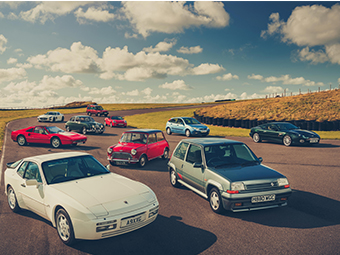
Some alternatives have been more interesting than others though. Think the Honda NSX of the 1990s, the Audi R8 of the 2000s – and the BMW i8 of the 2010s.
For all its sporting pedigree, BMW has a funny history with actual purpose-built sports cars. Since the BMW Z1 arrived in 1989 it’s offered a string of ‘Z’-badged models at various levels in the market – the most accessible being the original Z3 in 1995, the most exotic 1998’s V8-powered and retro-styled Z8 – but it’s mostly steered clear of treading on the 911’s toes.
BMW of the 2010s must have been feeling a little more bold, because while the execution ended up being wildly different, on price and intent the 2014 BMW i8 was every bit a 911 competitor.
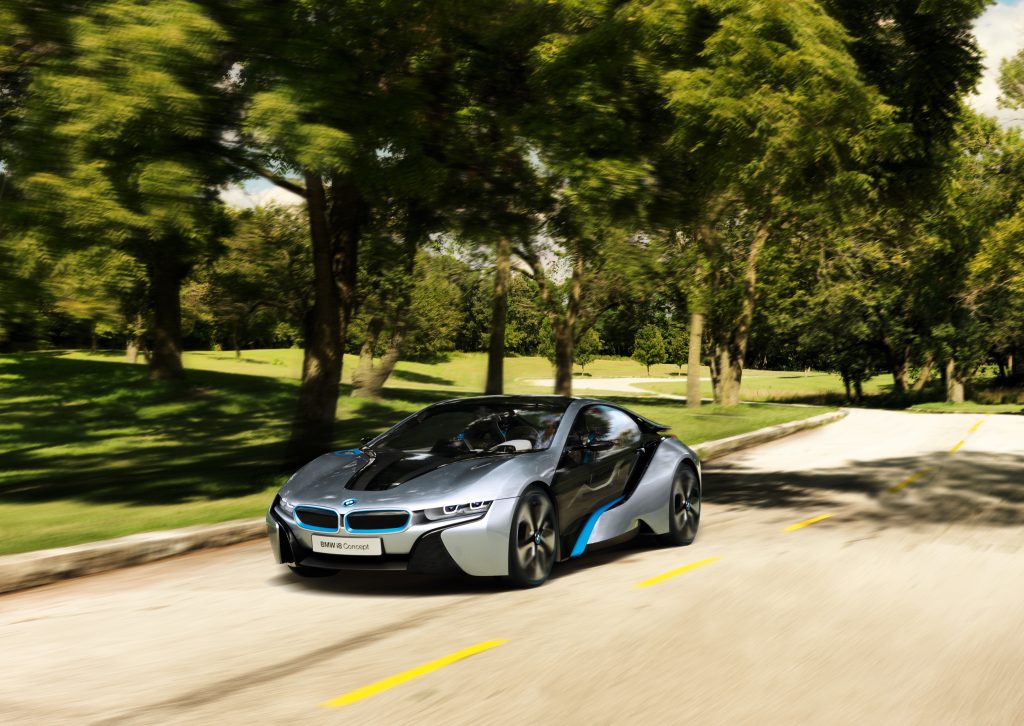
BMW had previewed the i8 twice, first with 2009’s futuristic Vision EfficientDynamics, then again with 2011’s more overt i8 Concept, shown at that year’s Frankfurt motor show. The latter was more or less the production car with the extra styling flourish of partly transparent doors, and was shown alongside a BMW i3 Concept that closely resembled the production version of that car, too.
The i8 concept, and 2014’s eventual production car, really looked unlike anything else. Its low, sharky nose gently evoked the M1 supercar of the 1970s and the slightly raised-tail proportions did too, but otherwise the exterior styling was a kind of organised chaos of metal and plastic, shaped as much by the wind tunnel as a stylist’s pen, and packed with intriguing details wherever you laid your eyes.
The area around the rear wheels was, and still is probably most distinctive, the bodywork feeding air either side of the rear tyre, while the rear wing stands proud to form a nearly enclosed tunnel with the rear pillar.
Then there were butterfly doors, a deep bonnet vent, and the fact that you could see the car’s carbonfibre-reinforced plastic (CFRP) structure whenever you opened the doors or boot lid. Less successful was the direct rear aspect, which some commentators reckoned looked like it was… err, birthing a contemporary 911, though the effect is more apparent in some colours than others.
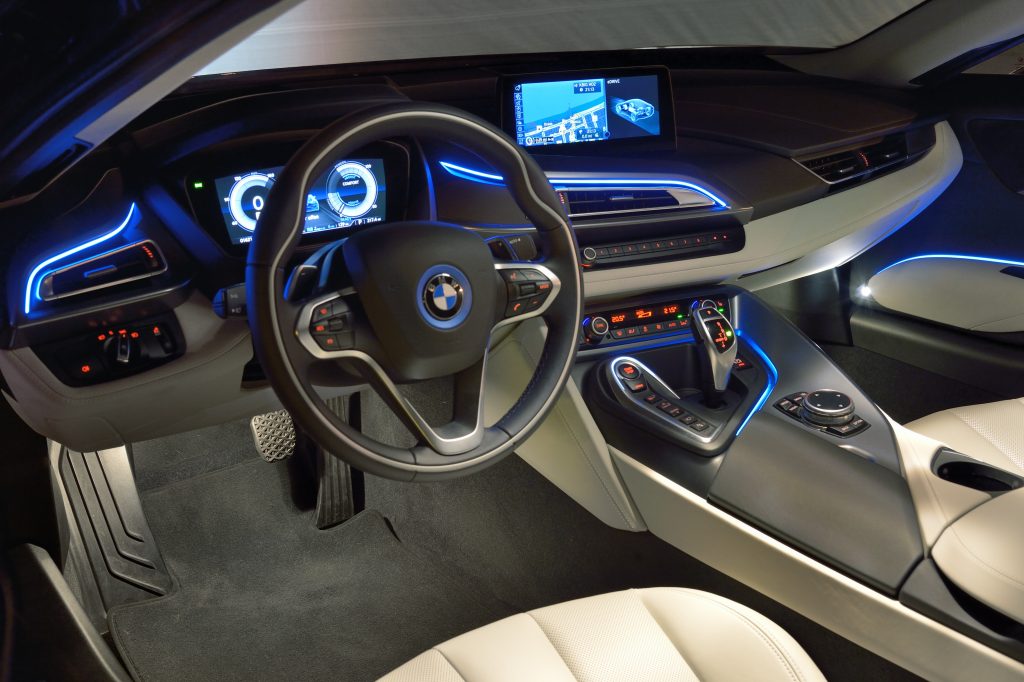
Inside you got a 2+2 layout, like a 911 (though the later Roadster ditched the rear seats for a large but not entirely usable luggage cubby), and a low-slung driving position with a beautifully-built but after the exterior, relatively unremarkable dashboard design. The act of transferring between inside and out, or outside and in, is best accomplished if you’re young and limber though, thanks to the wide door sills and low seating position.
More interesting than any of that though, and more mechanically intriguing than a flat-six slung behind the rear wheels, was BMW’s choice of powertrain. It paired the brand’s 1.5-litre three-cylinder turbocharged petrol with a battery pack and front and rear electric motors. The front motor could work independently in full EV mode for a modest electric range (23 miles initially, 34 miles later on), while the motor at the rear assisted the engine and did all the usual hybrid stuff.
With everything in sync, you got up to 369bhp depending on model year, 0-62mph in 4.4 seconds (scratching on the door of 911 pace, in part thanks to the CFRP keeping weight down to under 1500kg), and a 155mph limited top speed, or 75mph in pure EV mode. Plus quite an intriguing noise thanks to that three-pot, and the whirr of the motors deploying and regenerating energy.
Slim tyres and the unusual nature of the powertrain gave the i8 a dynamic character quite unlike that of its rivals. One that might not especially impress those used to more traditional performance cars, but one that did deliver rewards if you were prepared to work with what you had and get under the car’s skin a bit. Driving the i8 quickly means hanging back a bit from the car’s maximum pace, working with the natural mid-engined balance and modest grip, and deploying steering, acceleration and brakes with smooth, measured inputs; get it right, and it’s almost like flying, rather than driving.
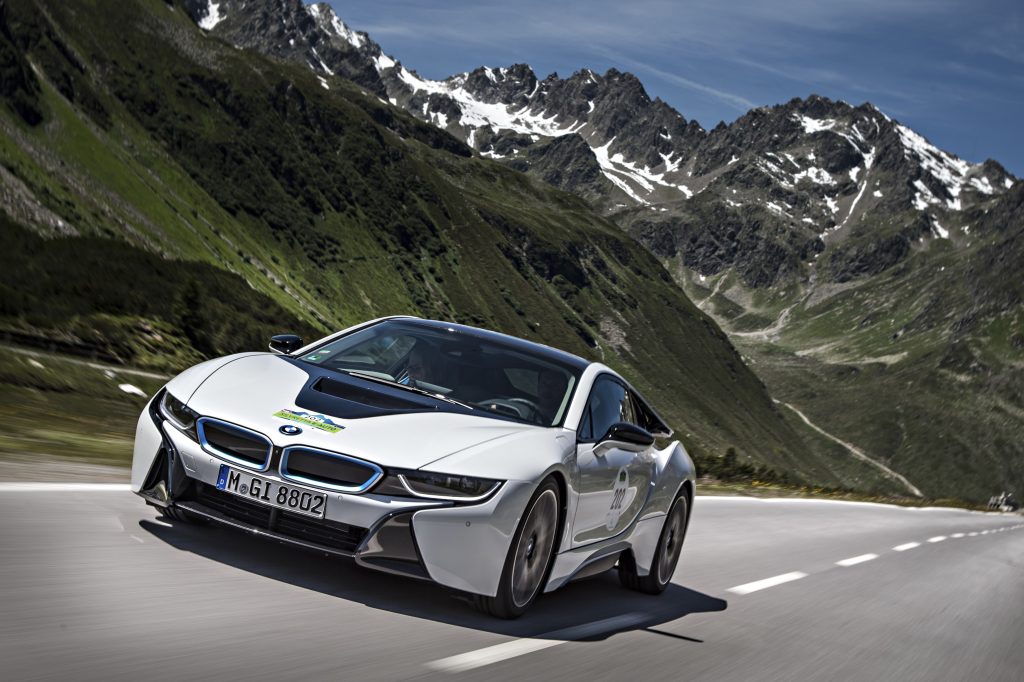
Few ever got that far, though. A starting price under £100k didn’t seem bad for the styling, performance, and technology, but while the i8 achieved high sales figures by plug-in sports car standards, the 20,000-or-so units it moved between 2014 and 2020 probably didn’t do much for BMW’s bottom line.
However, scarcity has always been a key driver of classic status, so those low sales figures just make the i8 all the more intriguing as the years pass by. As does the i8 being well ahead of the curve on offering a plug; the 911 has only just adopted regular hybrid tech, let alone being a plug-in hybrid like the i8, and we doubt it can return figures of 50mpg or so on a gentle motorway run, as your author has achieved in an i8.
Forward-thinking though the drivetrain was, it’s not that which will make the i8 appealing well into the future. Just like the NSX and the R8, the i8 is one of those rare cars that did something a little different from the same-old same-old choice, and wrapped it up in a shape that BMW has yet to better in the decade since. With used prices dipping into the £30k range, maybe now is the time to try something a little different…
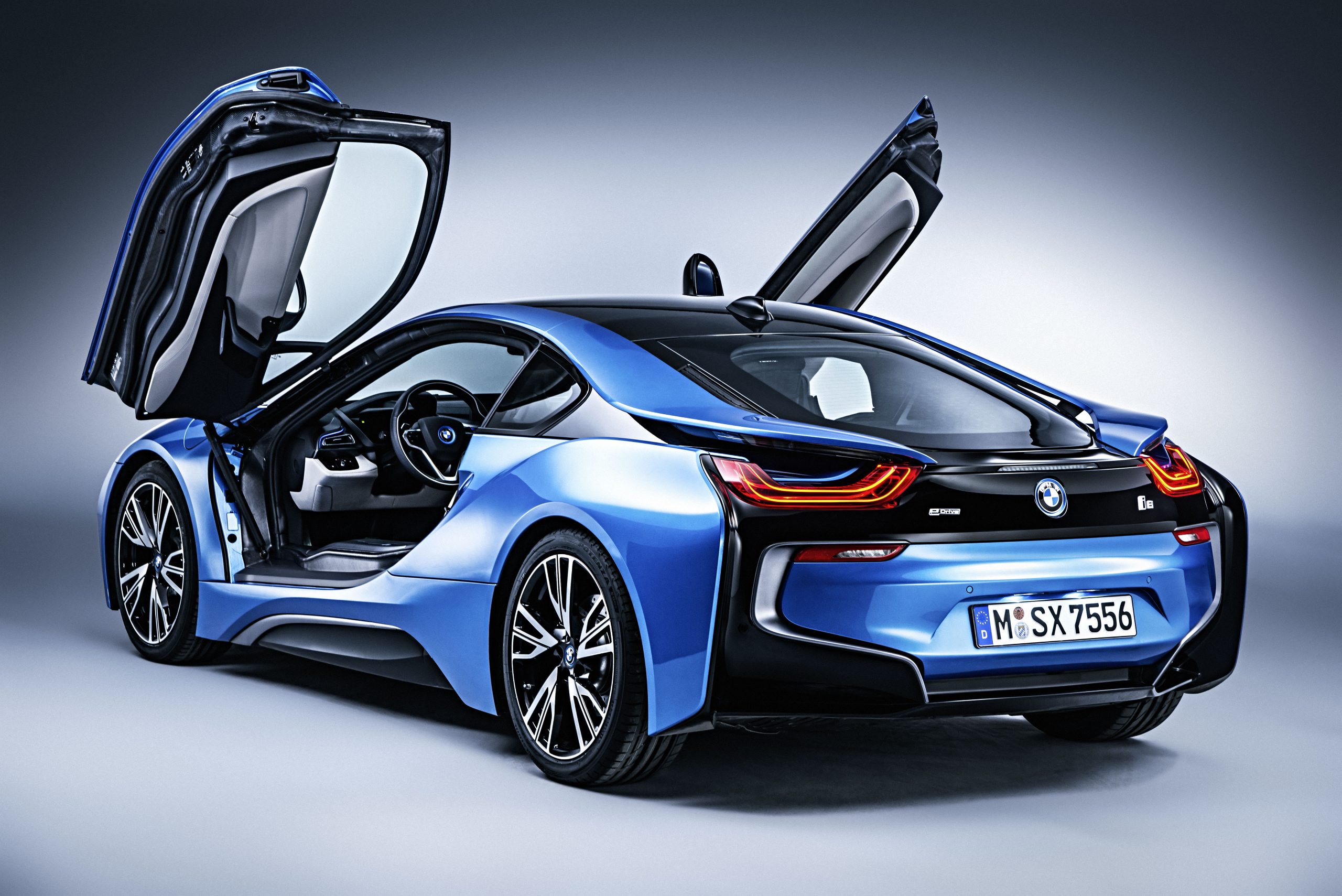
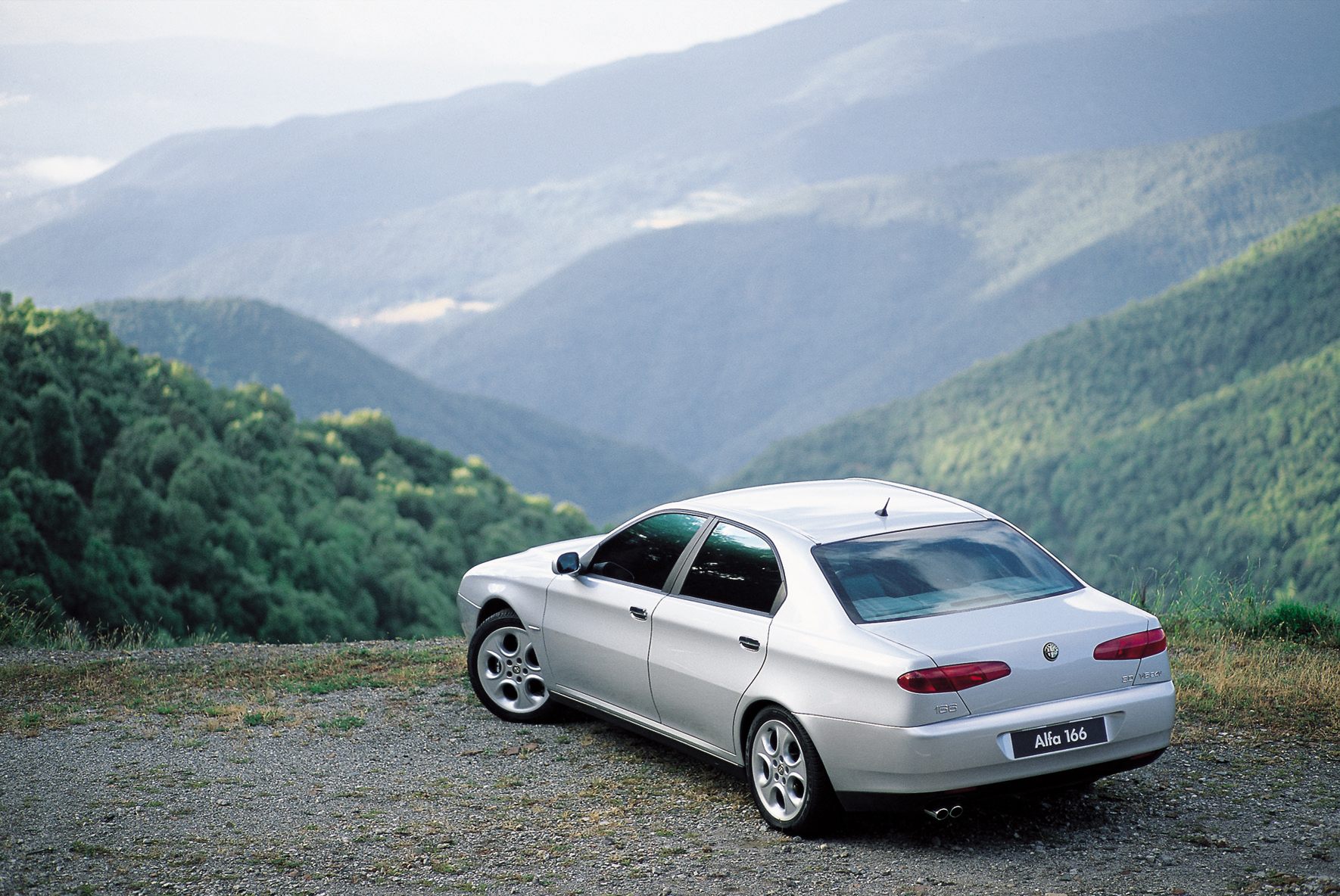
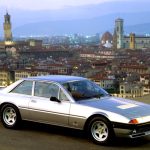
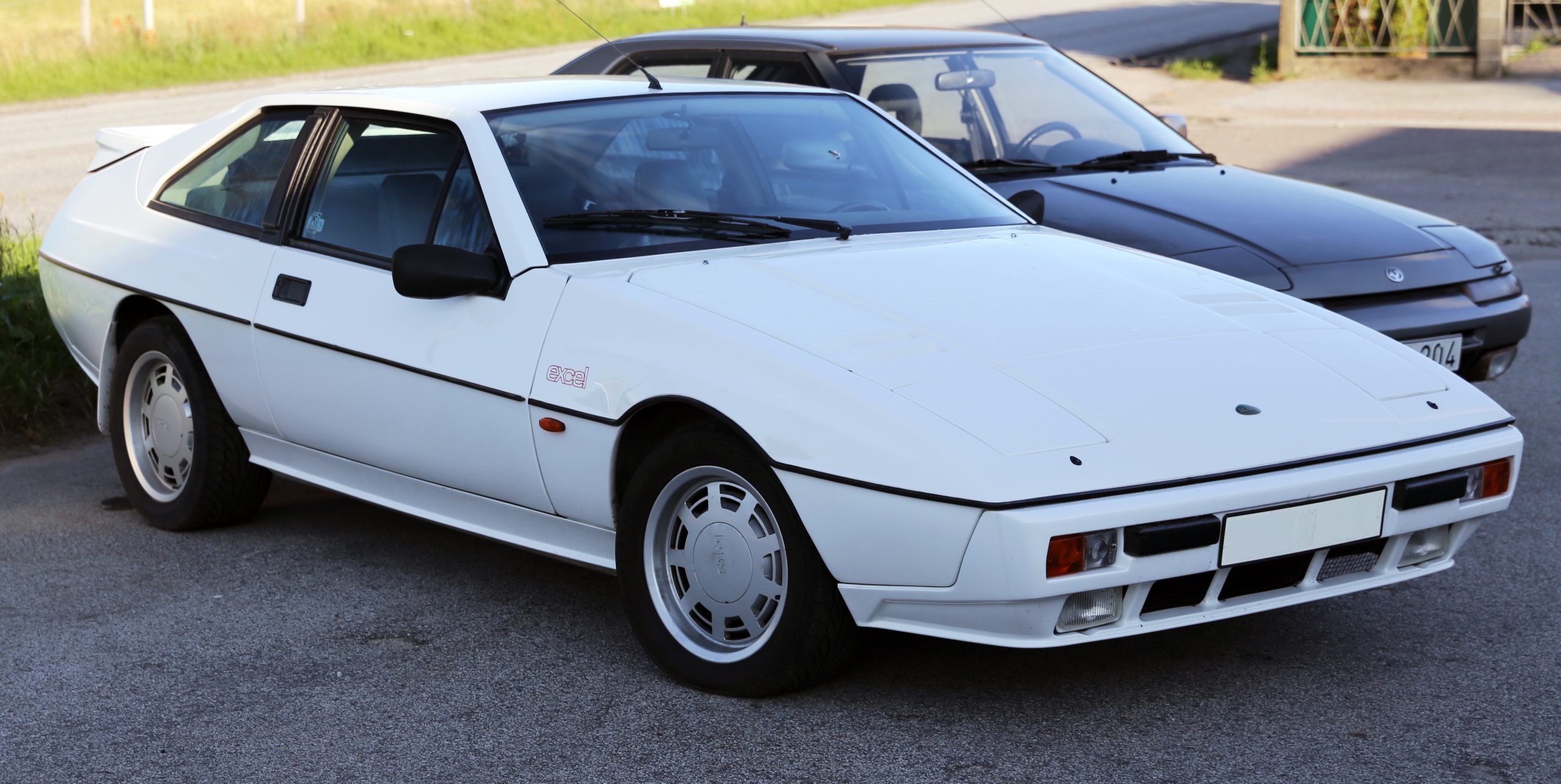
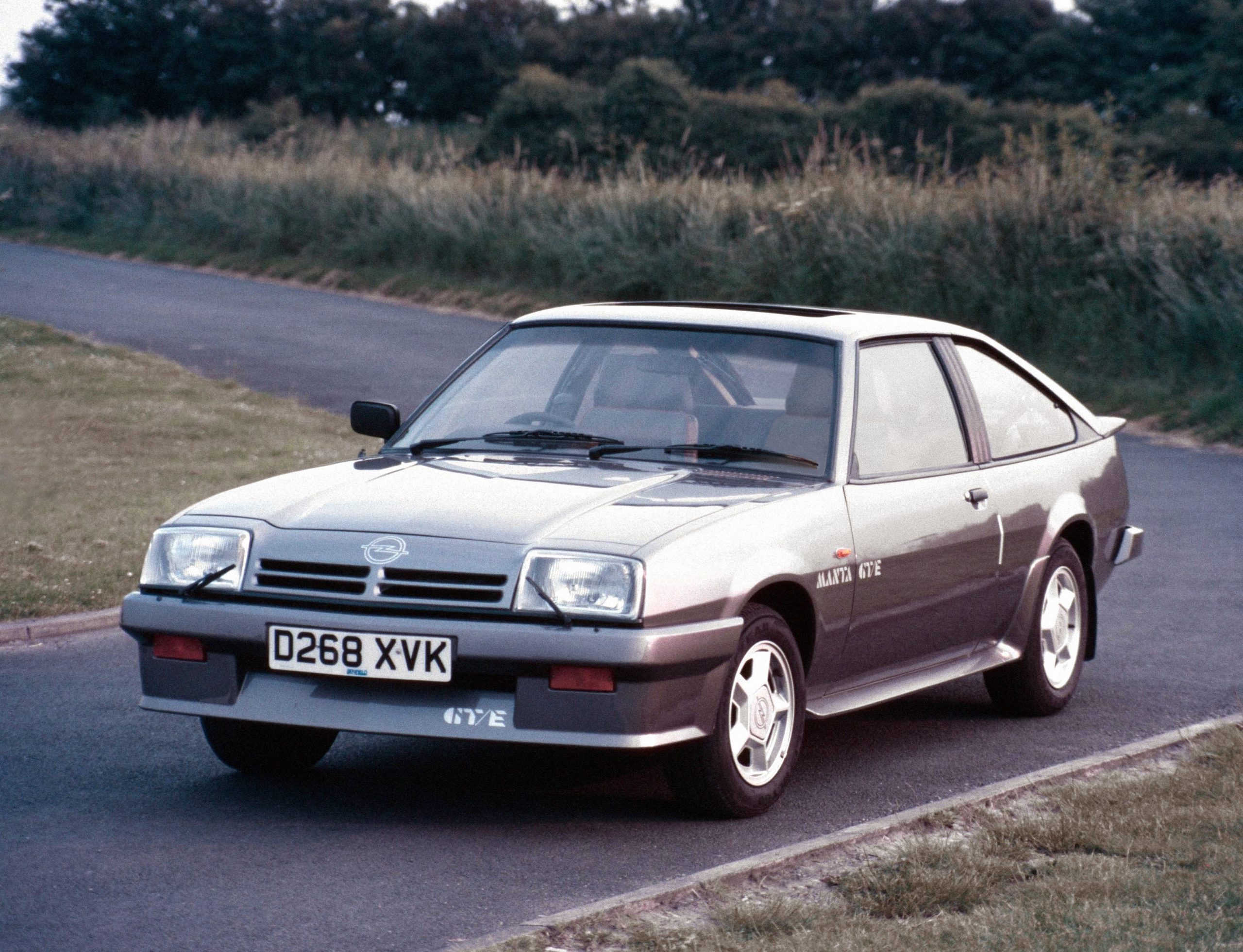

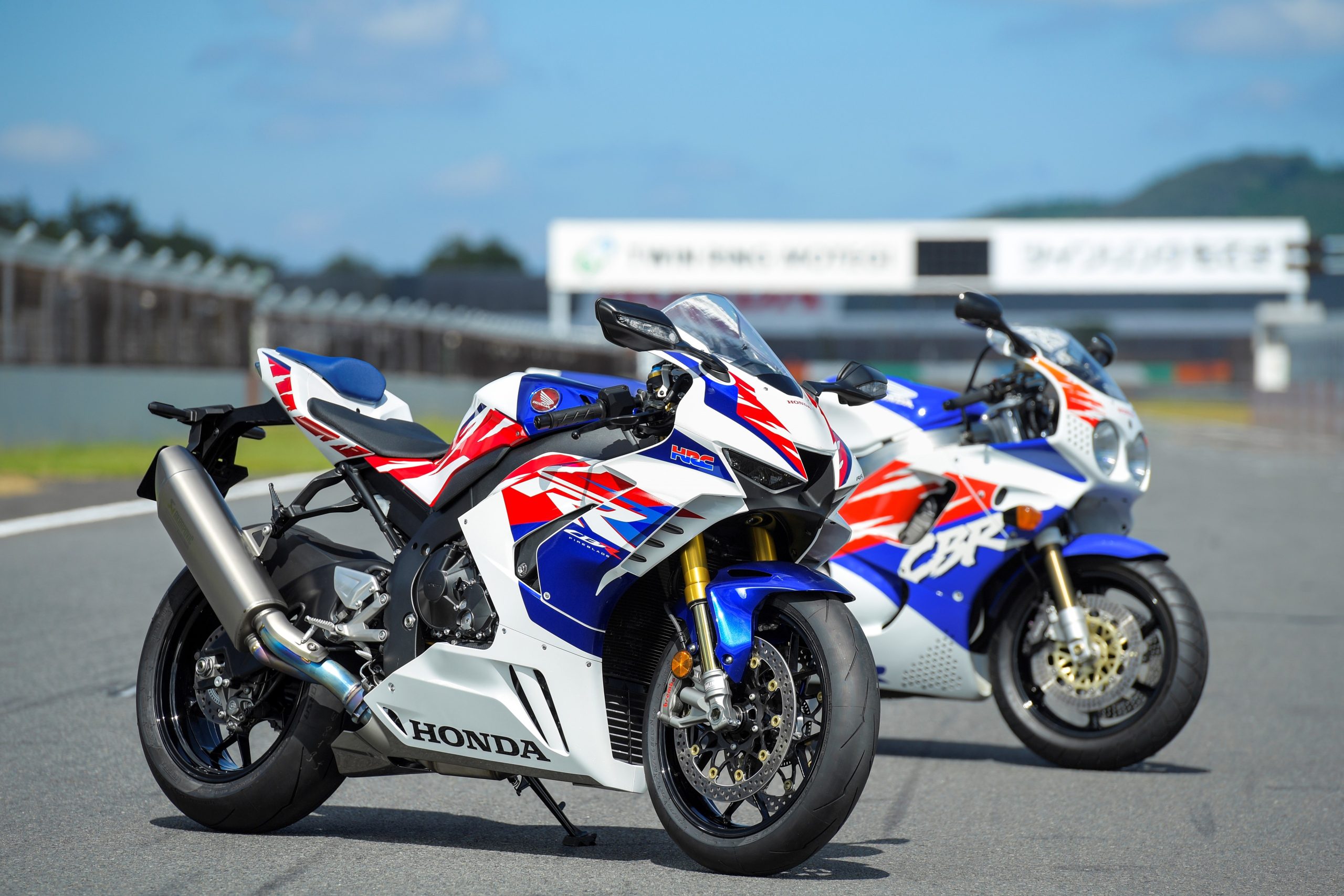
I’ve owned one for the last three years. I usually change my car every 2-3 years but I’m keeping this one. Great performance, comfortable, cheap to run and always gets attention wherever I take it and its rarity makes it special, it’s not just another 911. How many 911’s or caymans turn up to every car meet.
Most definitely a modern classic 🙂
Well said Martin!
Service last year spotted a small leak from the front left CV joint gaiter. Easy fix, right? Later the BMW workshop found out that the gaiter is not available as a part and I have to buy a whole drive shaft for £1200! What? Is BMW trying to rip me off only because it’s an i8?🙁
I’d love to get one to keep, but concerned about upkeep and a lack of ‘specialists’ to keep an i8 going.
I’m sure it will become a classic, and probably sooner than we expect. Used to see quite a few of these round Mayfair in the 20-teens. The only issues I see are the IC engine setup and the battery as spares for these may become a problem due to limited numbers made. Trim and body are less of a problem when they become scarce as it will still drive if a bit tatty, it just wouldn’t be a show car anymore.
What’s performance like when the battery is empty, or does the engine provide charge to the battery?
Same as anything else, the open market will decide. Let’s not kid ourselves, permanent catastrophic depreciation is far more likely. And conversion to full electric in old age would be easier than any system repair.